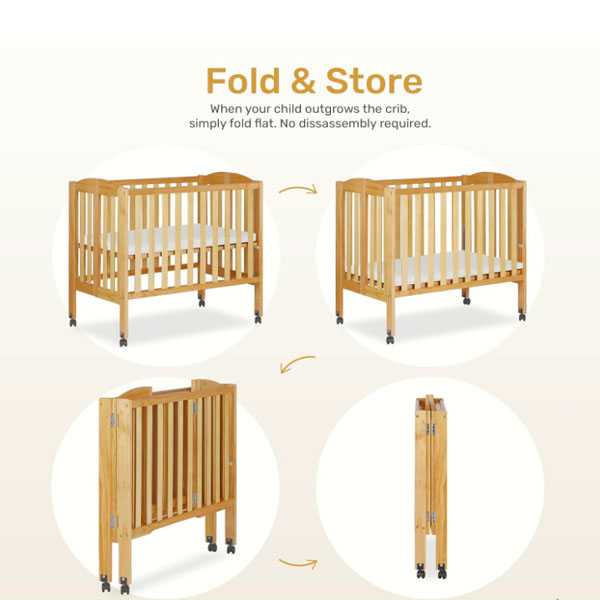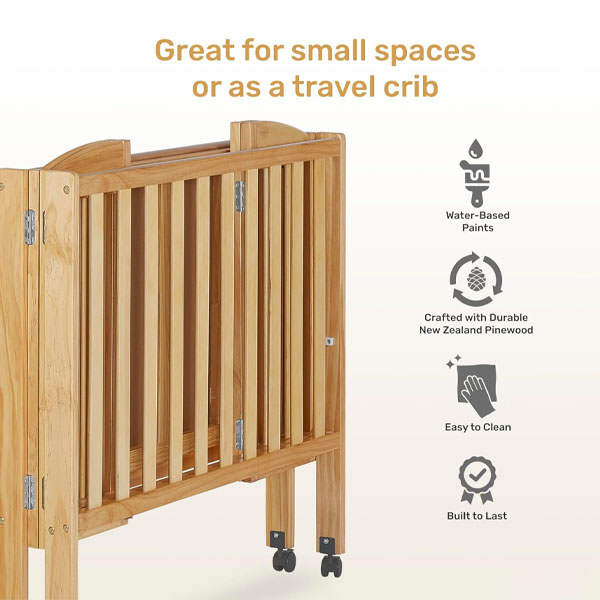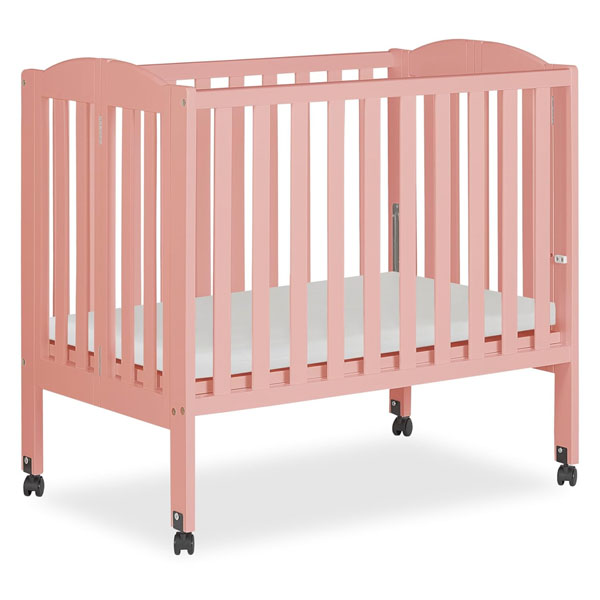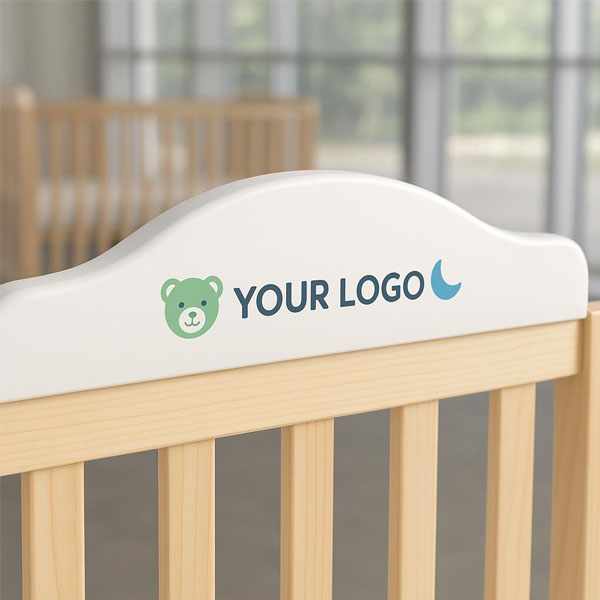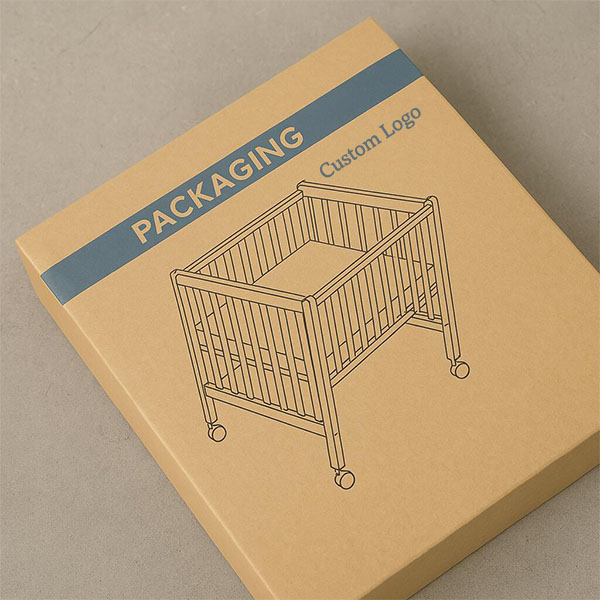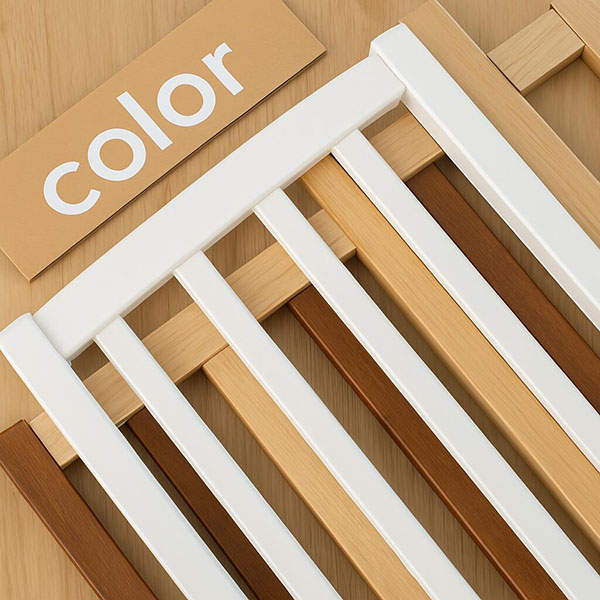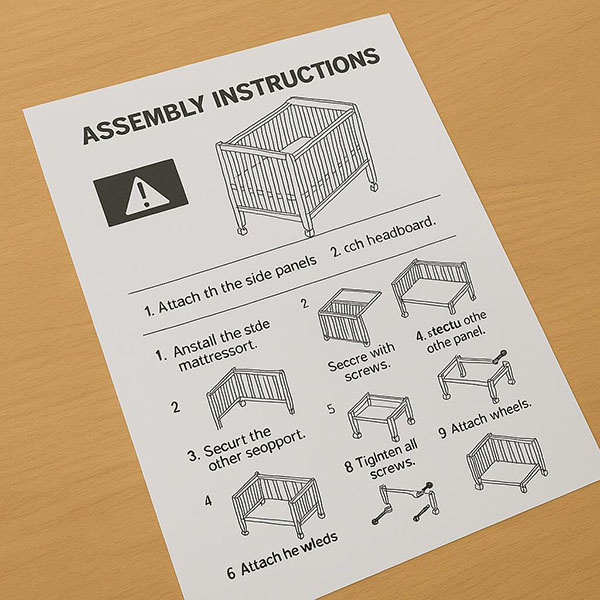What was Moses basket made of?
We’ve all heard the story of baby Moses in a basket floating on the Nile. But what exactly was that basket made from—and why?
The original Moses basket was made of papyrus reeds, a water plant native to the Nile River. It was coated with tar and pitch to make it waterproof.
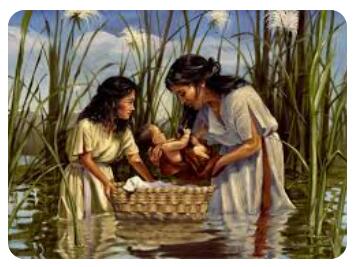
This ancient detail explains why today’s Moses baskets still use natural materials—and why they symbolize both protection and simplicity.
What are papyrus reeds, and why were they used?
Papyrus may sound poetic, but it had a practical role in ancient Egypt.
Papyrus reeds are tall, grass-like water plants that grow along rivers. Ancient Egyptians used them for baskets, boats, and paper-like scrolls.

Strong, flexible, and abundant
Papyrus was the plastic of the ancient world. It was light, easy to weave, and grew abundantly along the Nile. That made it the perfect choice for crafting containers—including the waterproof basket that held baby Moses.
According to Exodus 2:3, Moses’s mother placed him in a basket “made of bulrushes,” which likely referred to papyrus. She then coated it with bitumen and pitch—natural waterproofing agents.
The plant’s hollow stalks allowed air flow and floated well in water. Plus, papyrus was used widely in Egyptian daily life for mats, rope, boats, and even writing scrolls. It wasn’t just cultural—it was practical.
| Material | Role in Basket | Why It Was Chosen |
|---|---|---|
| Papyrus reed | Woven structure | Lightweight, flexible |
| Bitumen/pitch | Waterproof coating | Kept baby dry and secure |
| Natural fibers | Ties or handles (maybe) | Easy to bind and shape |
Dive deeper: Symbol and survival
In ancient times, using papyrus was more than convenience—it was survival. By placing Moses in a waterproof papyrus basket, his mother gave him a chance to escape Pharaoh’s command. The material itself helped carry the child to safety. That symbolic act is why the term “Moses basket” still evokes care and shelter today.
How do modern Moses baskets compare to the original?
Today’s Moses baskets look inspired by the past—but materials have evolved.
Modern Moses baskets are usually made of palm leaves, maize, or wicker instead of papyrus. They are designed for indoor use and baby sleep.
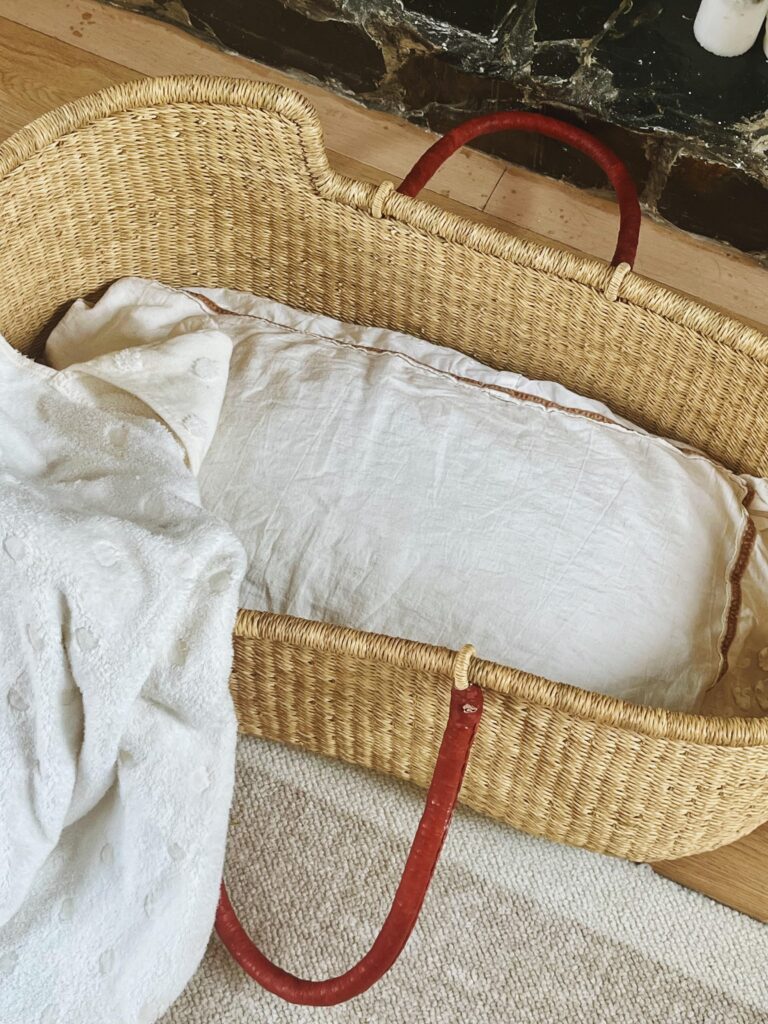
Materials then vs. now
The main difference is purpose. The original was meant to float and protect a child in open water. Modern Moses baskets are designed for newborn sleep indoors. So, while they keep the natural look, they don’t use papyrus. It’s rare and not commonly grown outside Africa.
Today’s baskets often use:
- Palm leaf (soft, breathable)
- Maize (lightweight and smooth)
- Wicker (strong and structured)
- Seagrass (eco-friendly)
None of these are waterproof like the original, because babies now sleep in dry, safe homes—not rivers.
Dive deeper: Evolution for safety and style
While the name pays tribute to the biblical story, modern Moses baskets are regulated for safety. They come with firm mattresses, safe bedding, and often stands. The weave is tighter, smoother, and more uniform. Unlike the original, these aren’t coated in pitch—and they’re meant to stay on land.
The cultural shift from survival to comfort changed the material needs. Today’s Moses baskets are less about rescue, and more about rest. Yet, the inspiration remains: a simple, natural vessel cradling new life.
Are any Moses baskets still made with papyrus?
It’s rare, but not impossible to find.
Some handmade baskets in Egypt or East Africa still use papyrus, but they are mostly decorative or symbolic—not for baby sleep.
%[papyrus craft basket](https://placehold.co/600×400 "papyrus basket made for decorative use"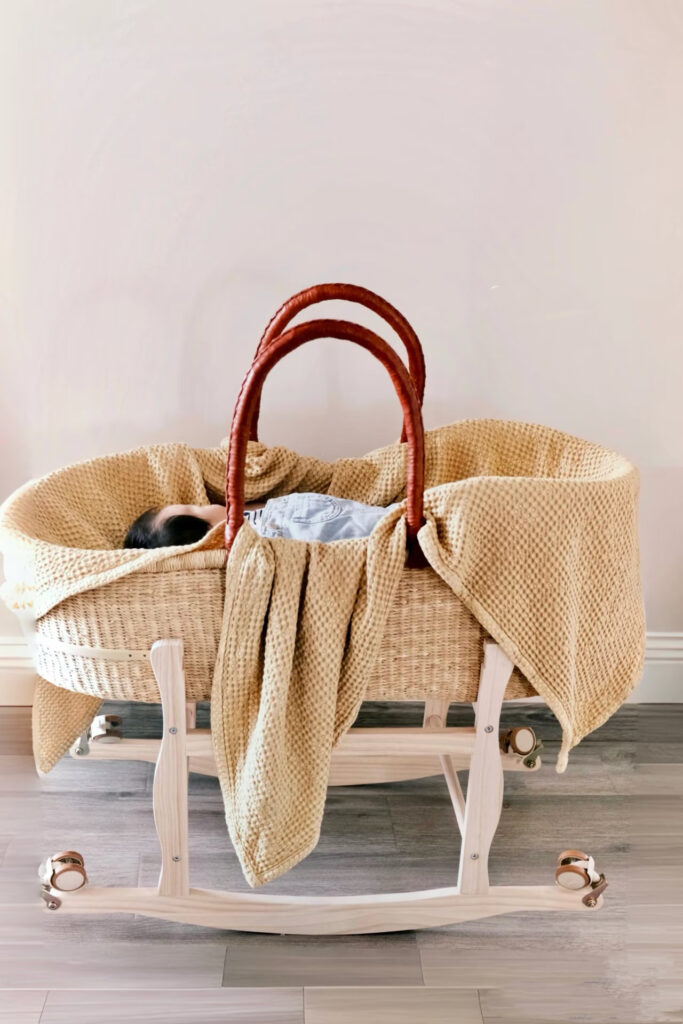 )
)
Papyrus today: Craft, not cradle
Papyrus plants are still grown along the Nile and used for handmade crafts, including:
- Decorative baskets
- Scroll replicas
- Tableware
But due to limited availability and fragile structure, papyrus is not used in mass-market baby baskets. It doesn’t meet modern safety standards for newborn sleep. It’s also costly and hard to source.
For collectors or cultural projects, a papyrus basket is a beautiful nod to history. But for daily use with infants, safer modern materials take its place.
Conclusion
The original Moses basket was made from papyrus reeds coated with pitch, designed to float and protect. Today’s versions use palm, maize, or wicker—but still carry the same comforting symbolism.




